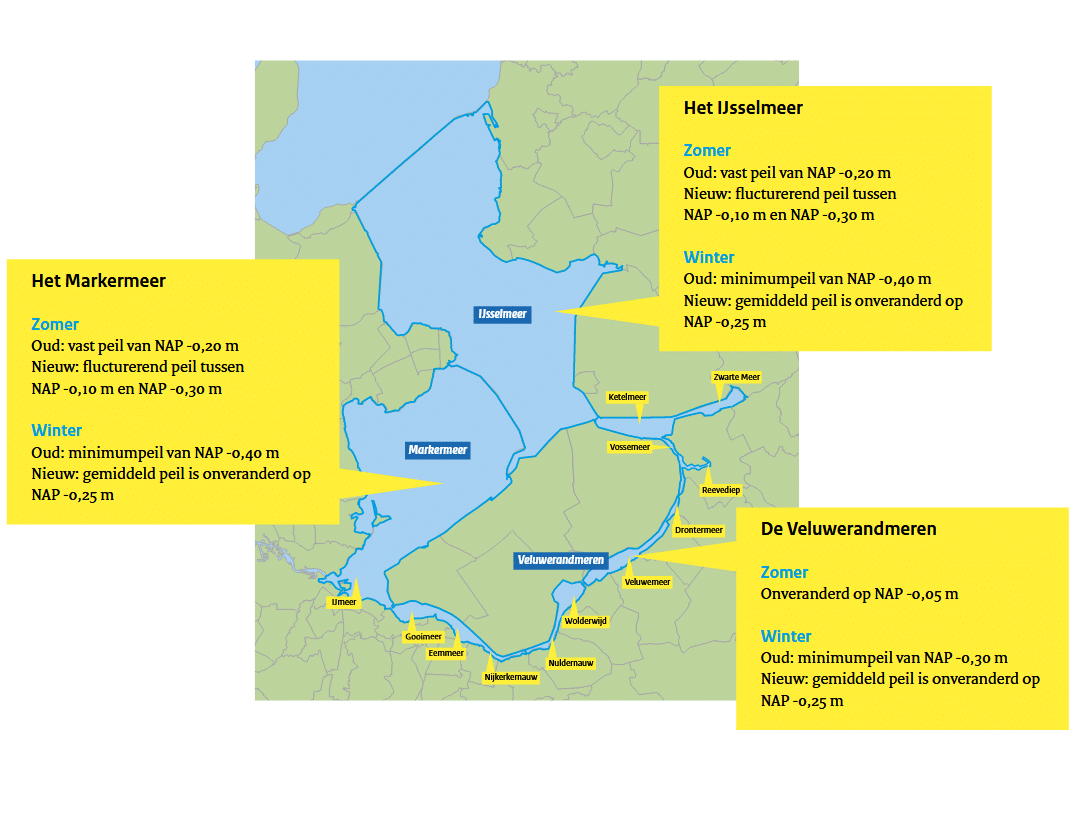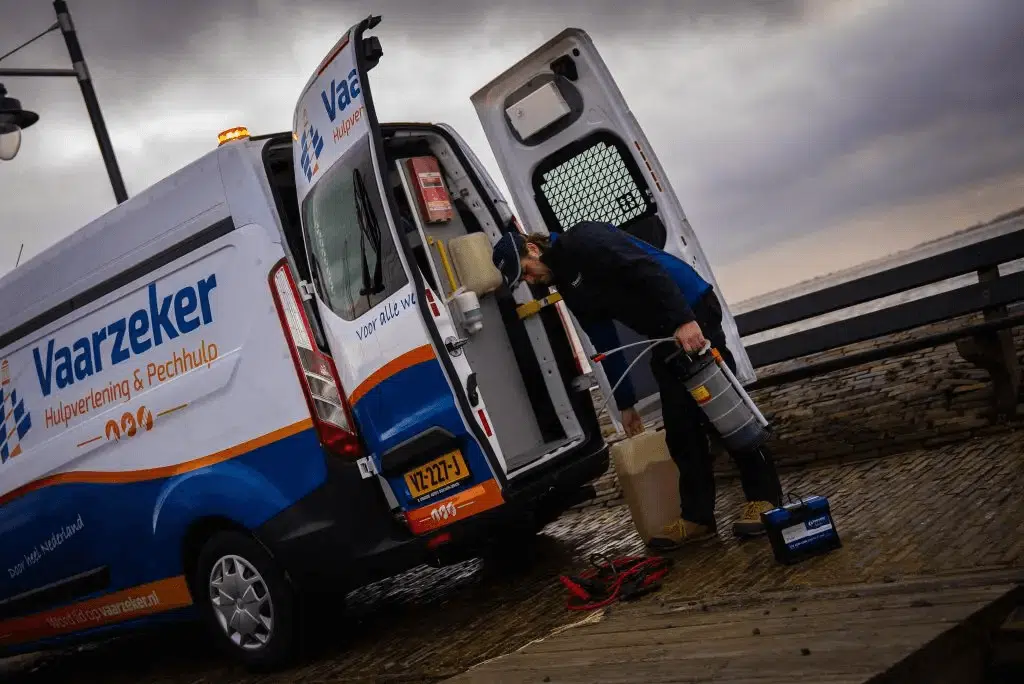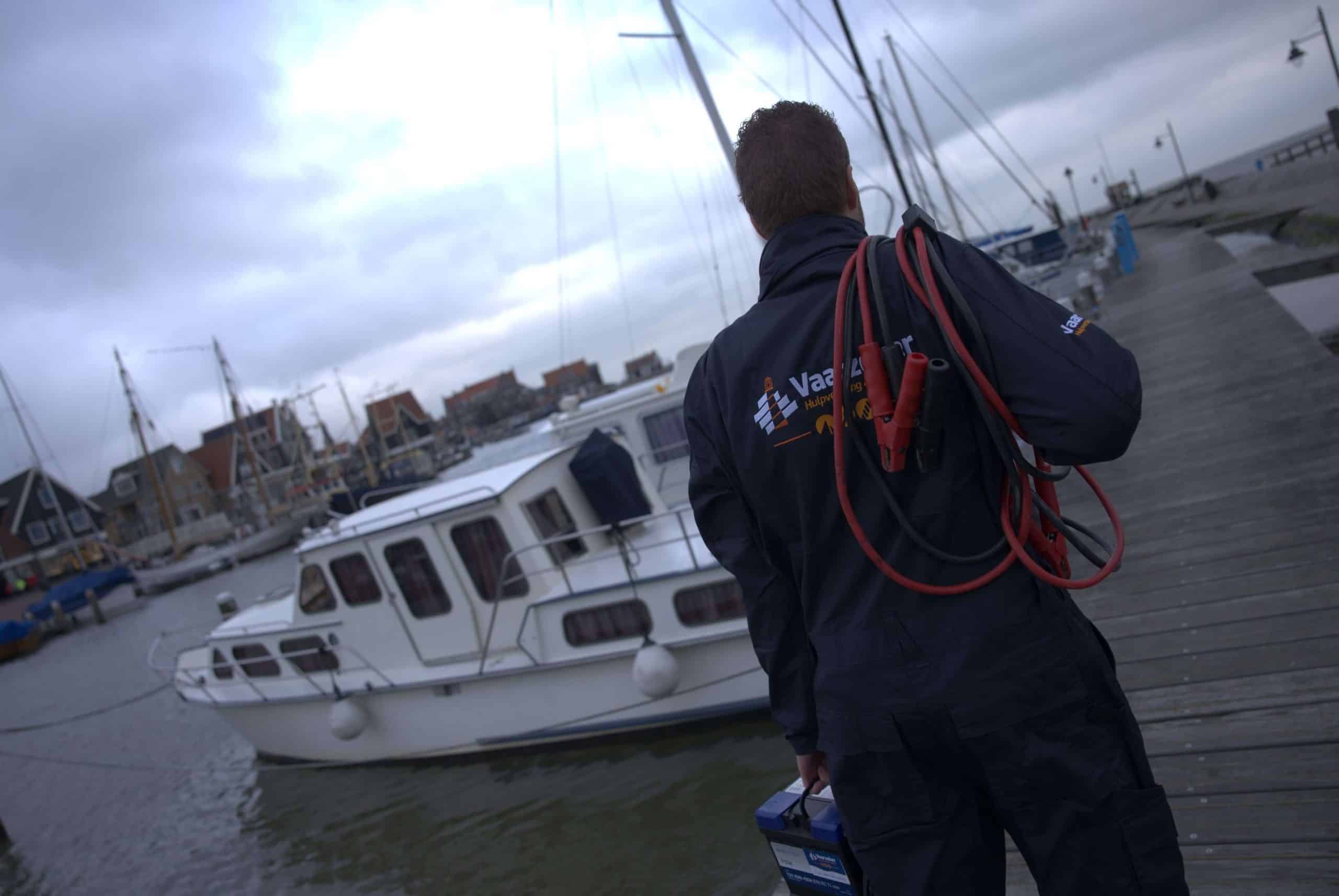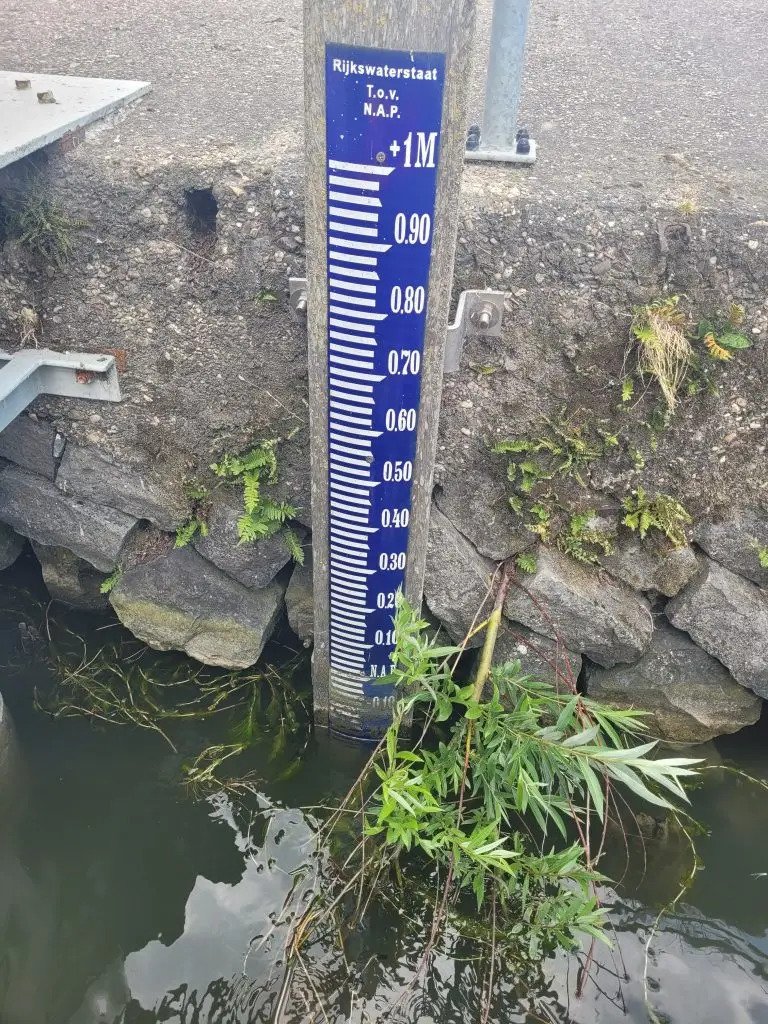- News
- May 19, 2022
Water level IJsselmeer region
The water level in the IJsselmeer Region is determined by various factors, such as precipitation and wind. The water level in the IJsselmeer region is actively regulated by Rijkswaterstaat. Until 2019, the water level for the IJsselmeer region was -0.20 meters NAP (20 centimeters below NAP) in summer and -0.40 meters NAP (40 centimeters below NAP) in winter. From 2019, the water level will be more flexible, working with bandwidths. This may have implications for water sports!
Climate change affects water level IJsselmeer region
The IJsselmeer has an important function for the freshwater supply of the Netherlands. Partly because of this, and changes in the climate, Rijkswaterstaat has decided to be more flexible with the water level in the IJsselmeer region. In expected periods of drought, the water level is raised to have more reserve. During expected periods of heavy precipitation, the water level can be lowered temporarily. In this way the water level of the IJsselmeer region remains at a good level.
Target level
Starting in 2019, a target level within a certain range will be used.
Summer
In practice, this means that in summer the water level on both the IJsselmeer and the Markermeer will fluctuate between -0.10m and -0.30m NAP. The water may therefore be 10 centimeters higher or lower than the target for 2019. For the Randmeren, the target is between -0.10m and -0.05m NAP
Winter
In winter, the target level for the IJsselmeer is now between -0.40m and -0.05m NAP and for the Markermeer between -0.40m and -0.10m NAP. For the Randmeren, the target is between -0.30 and -0.05m NAP.
Current water level IJsselmeer region
Via this website of the Department of Waterways and Public Works, the current water levels of the IJsselmeer region can be viewed.
What does this mean for water sports?
We are now finding that variable water levels affect water sports. Boaters who have been sailing in the same area for a long time are confronted with shallows that are slightly shallower than they were used to, which can cause them to run aground. Also, some obstacles disappear under water, where before they were visible. To our knowledge, several vessels have run aground as a result. When this is the case, the boat watch be enabled.

Need help choosing?
Need help choosing a subscription? Then use our handy selection guide.
Recent news/blog posts

Need towing service for your boat? - Here's what you need to know!
- Blog
- September 30, 2025

Newsletter subscription
Fill out the form below to become a member of our newsletter
